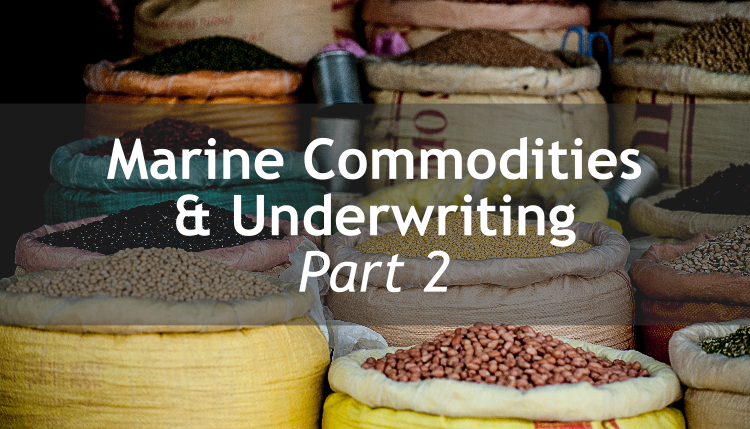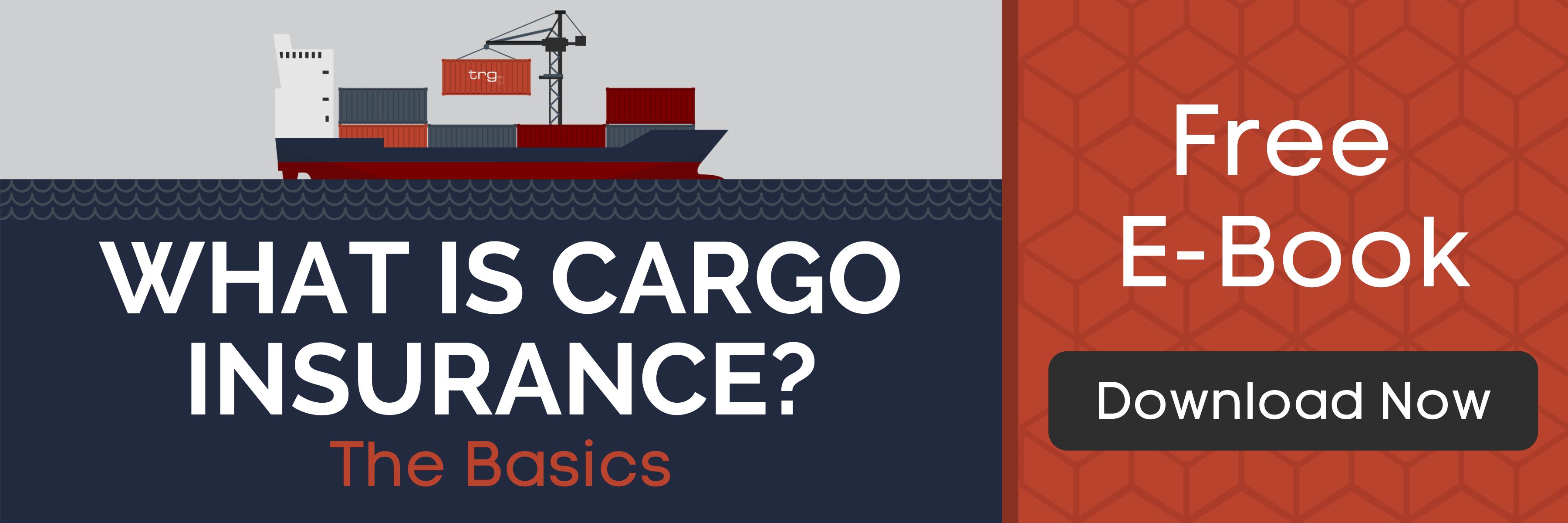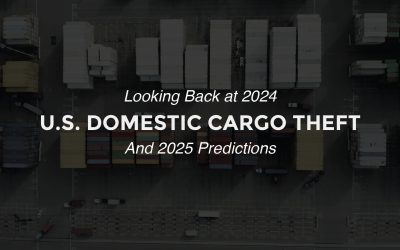As promised, here’s more imported commodities with high risk.
Listed below are a number of marine commodities that may require additional underwriting due to elevated risk. As an importer, it’s best if you’re familiar with the regulations certain items are subject to. If you’re importing any of these goods, understand that they are flagged for higher risk depending on country of origin and ultimate destination. Regarding each commodity are applicable questions you may be asked to know.
- Tile, Granite, Marble: What form are the goods in? How is it packaged? What are the dimensions?
- Laptops, High-End Electronics: What is your experience in the industry? How are the goods packaged? Do you know the transport security details?
- Metal: What type is the metal? Do you require ROD (Rust, Oxidation, Discoloration) coverage? What form is it in? Can you provide the dimensions and poundage of the goods? How is it packaged? Does the metal have a protective coating?
- Vehicles: How are the goods shipped? Are they new or used?
- Lumber: Is the wood treated at all? Is it shipped in break-bulk or is the product containerized?
- Rice, Grains, Cereal Commodities: Is it packaged in bags, containers, or break-bulk? What is the average value per conveyance and/or per container?
- Glass: What form are the goods in? How is it packaged? What are the dimensions?
- Medical Supplies: What are the goods’ primary use? Are they utilized for anything outside the medical industry?
These are just some of the basic questions you may be asked when importing these commodities. Be sure to know what regulations apply to your imported goods, and remember, an informed importer is a successful one.







![[Webinar] How Could Changes to De Minimis Impact Your Company?](https://traderiskguaranty.com/trgpeak/wp-content/uploads/2025/05/trg-how-de-minimis-impacts-customs-bond-webinar-400x250.png)